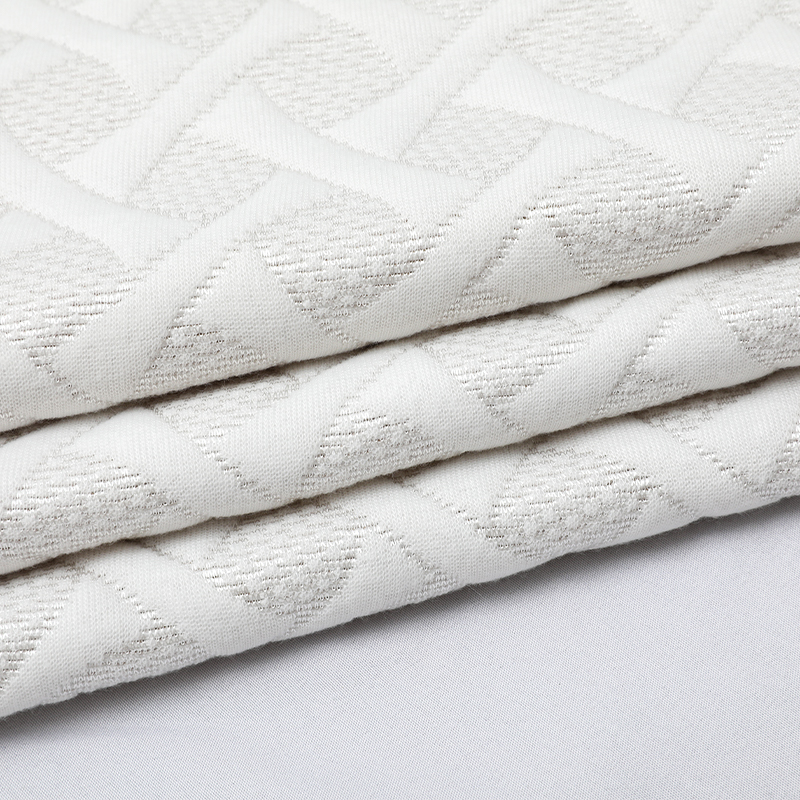The manufacturing process of soy fiber differs from other natural fibers commonly used in mattresses in several key ways:
Extraction Process: Soy fiber is typically derived from the by-products of soybean oil extraction. This involves processing soybean oil to isolate soy protein, which is then spun into fibers. In contrast, fibers like cotton are sourced directly from the cotton plant's bolls, while wool comes from shearing sheep.
Chemical Treatment: Soy fiber often requires chemical treatments during processing to transform soy protein into a usable fiber form. This can involve processes such as extrusion, where the protein is dissolved and then reformed into fibers using spinning techniques. In comparison, fibers like cotton and wool undergo mechanical cleaning and processing to remove impurities and align fibers.
Blending and Spinning: Soy fiber mattress fabric may be blended with other natural or synthetic fibers to enhance its properties, such as adding durability or improving moisture-wicking capabilities. The spinning process for soy fiber involves extrusion through spinnerets to create continuous filaments, which are then spun into yarns for fabric production.

Environmental Impact: The production of soy fiber generally has a lower environmental impact compared to some other natural fibers. It utilizes soybean by-products that would otherwise be discarded, contributing to sustainability by reducing waste. However, it's important to consider the energy and chemical inputs required during processing.
End Product Characteristics: Soy fiber exhibits properties such as softness, moisture-wicking ability, and hypoallergenic qualities that make it suitable for mattress fabrics. Its manufacturing process influences these characteristics, ensuring that it meets performance standards expected in bedding materials.
While soy fiber shares similarities with other natural fibers in terms of eco-friendliness and comfort, its specific manufacturing processes distinguish it in terms of sourcing, treatment, and integration into mattress fabric production.